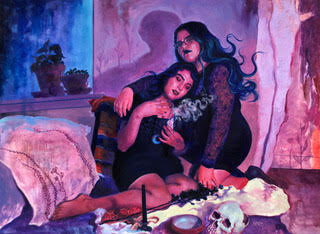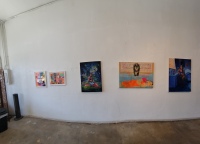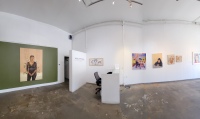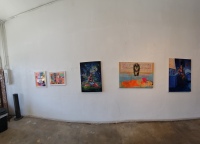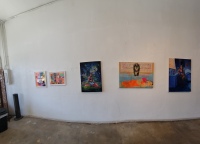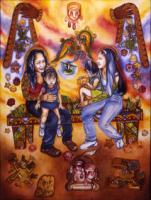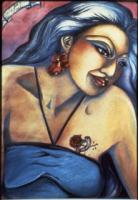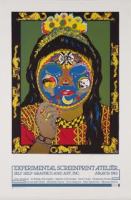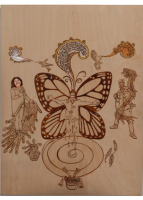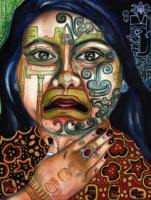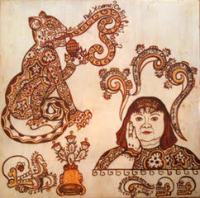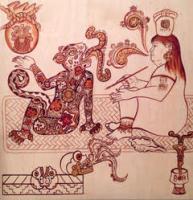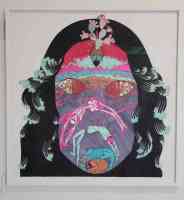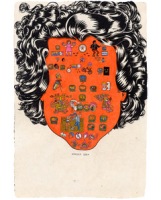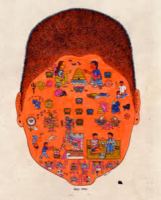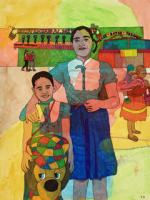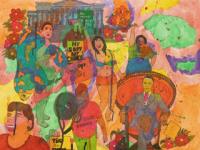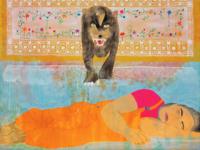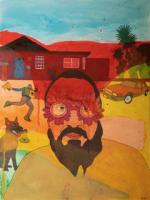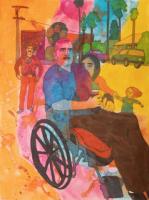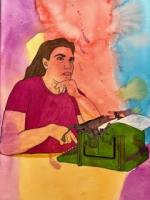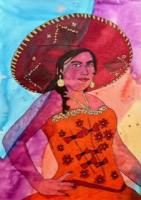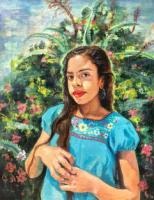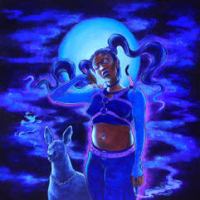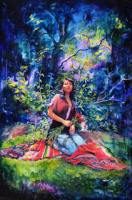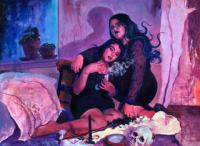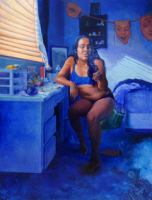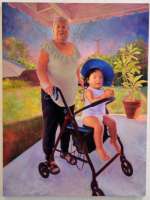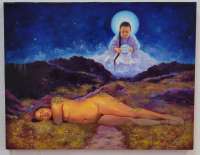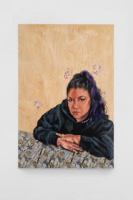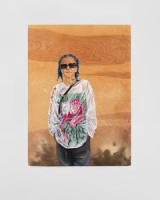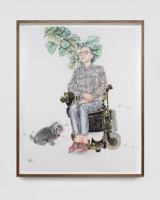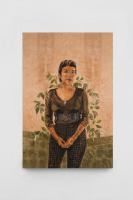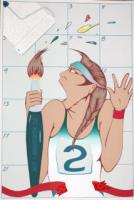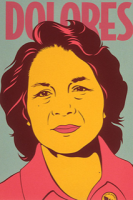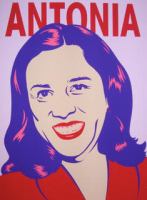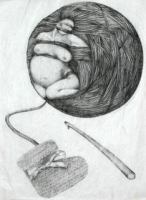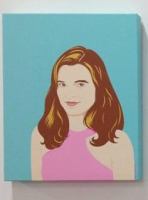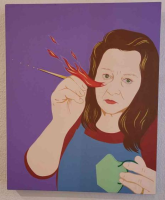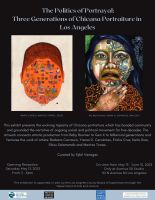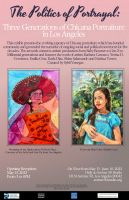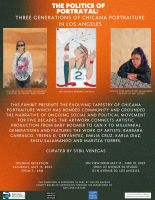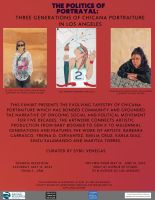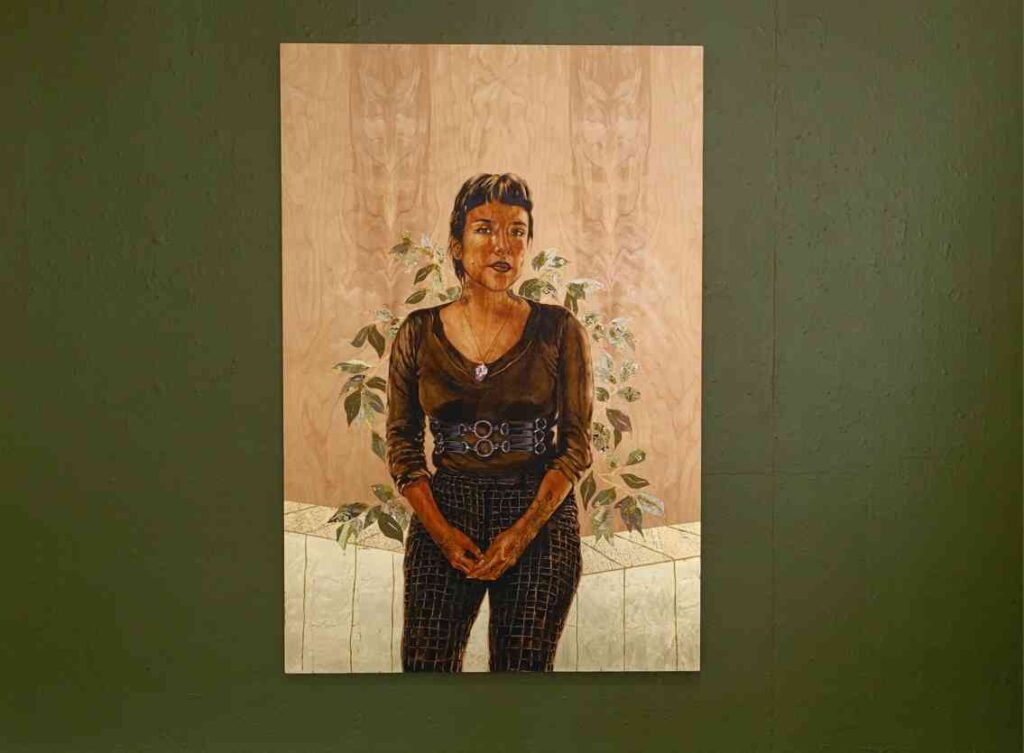
The Politics of Portrayal: Three Generations of Chicana Portraiture in Los Angeles
In the 1970s when Chicano art emerged as an activist art movement (not yet with the label Chicanx), Chicana artists participated within this new and very political genre, sometimes as graphic artists or printmakers, sometimes as filmmakers or photographers, but most often as painters. Their work became a movement within a movement as Chicana painters often had to assert their talent and presence with an iconography that spoke to this situation. At the time, the imagery referenced issues of female presence, equality, and belonging while initiating new and transformative representations of their communities. The most compelling means by which this was accomplished was naturally via the portrait, and the portrait was immediately political.
By the millennium, the genre had evolved. Chicana portraiture became the medium that visualized community and illustrated the narrative of an ongoing social, cultural and political movement. Today, with over five decades of art production, we can now see the brilliantly diverse and evolving tapestry of the genre.
The Politics of Portrayal: Three Generations of Chicana Portraiture in Los Angeles connects artistic production from Baby Boomer to Generation X to Millennial generations, and features the work of artists, Barbara Carrasco, Yreina D. Cervántez, Emilia Cruz, Karla Diaz, Shizu Salamando, and Maritza Torres.
— Sybil Venegas, Curator
Due to the success of this show, there will be a Catalog Signing and Artist Talk which is to be dated. Stay tuned to our newsletter and social media platforms for more news.
EastsiderLA Article:
Installation Shots:
Yreina D. Cervántez (Courtesy of the Artist and Curator Sybil Venegas):
Statement:
“WIRI WIRI CON NAGUALITO /Chit Chat with Nagualito, or a Jaguar is a Jaguar, is a Jaguar. More conversations with the Nagual, appearing here as the animal spirit/ jaguar. Sarcastic mutterings, ruminations on identity, identity politics, Chicana? Post Chicana or Post Xicana? Quien sabe?! Mere distractions, after all, a jaguar, is a jaguar, is a jaguar”
Maritza Torres:
Statement:
“‘7 Layer Dip’ is a physical manifestation of creating space for myself and my matriarchal predecessors. This image means: I am recording my own and my family’s history, healing wounds that have been passed down generationally.”
Karla Diaz (Courtesy of the Artist and Luis De Jesus Los Angeles):
Statement:
“My portrait show the stories of the people who are invisible, my ghosts.”
Emilia Cruz:
Statement:
“”My work exemplifies the importance of representation specifically as a woman of color. I am exploring different ways in which I can depict vulnerability self-healing and empowerment.
Shizu Salamando (Courtesy of Charlie James Gallery, Surito, Antonio Murzi, and Amy Lyford):
Statement:
“La Lupe at La Pau is a portrait of multimedia artist Guadalupe Rosales. Rosales is best known for her community generated archival social media project, Veteranas and Rucas. As with many of Shizu Salamando’s portraits of friends and artists, La Lupe is representative of the diverse and creative Latinx community in Los Angeles”
Barbara Carrasco (Courtesy of the Artist, Self-Help Graphics, and Avenue 50 Studio):
Statement:
“There are so many icons of men, and icons of women painted by men, that I wanted (as a woman) to create an iconic image of Huerta to recognize her as an equal of César Chávez and, historically, the most important negotiator for the United Farm Workers”
Flyers:

